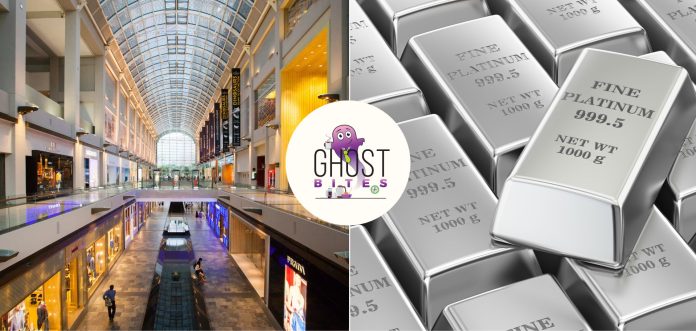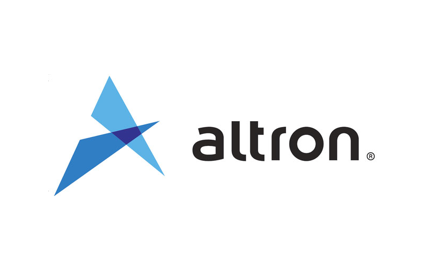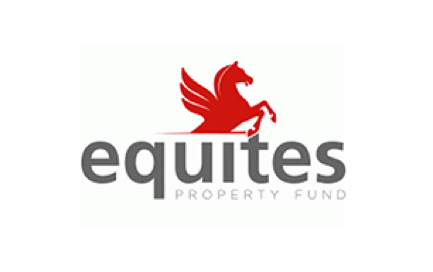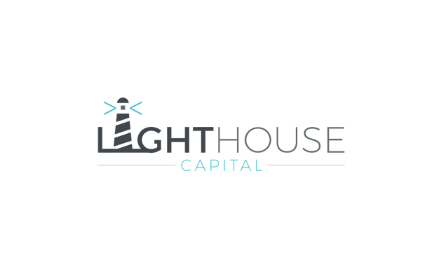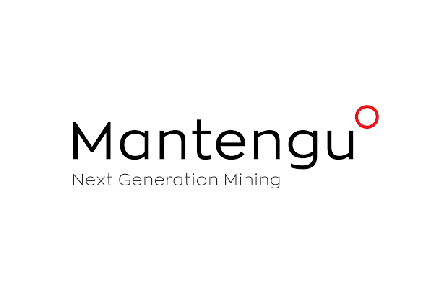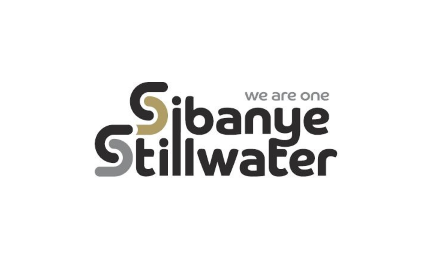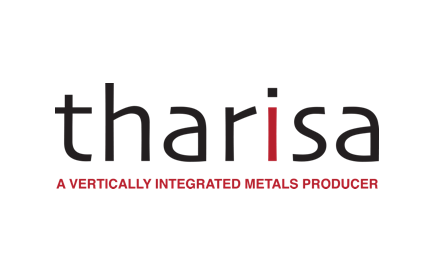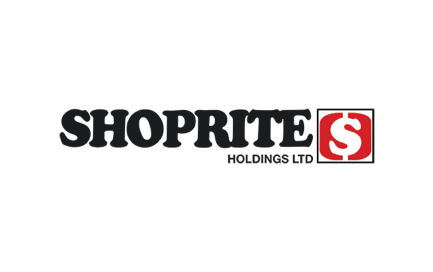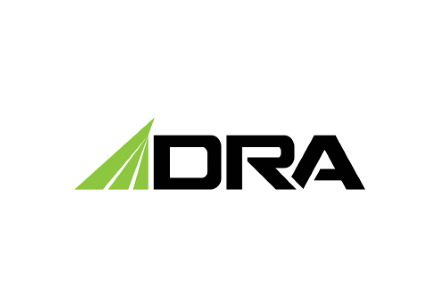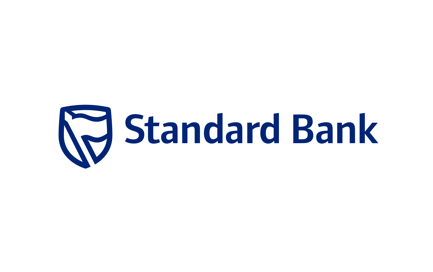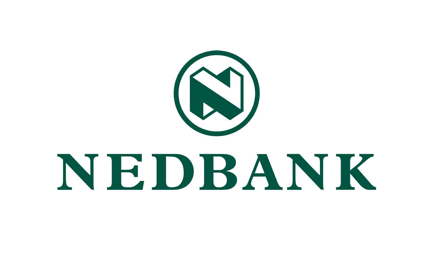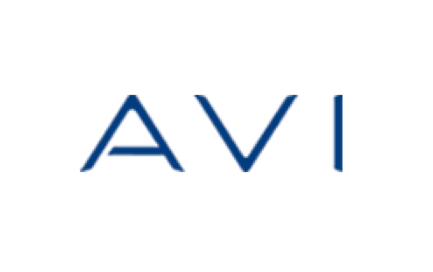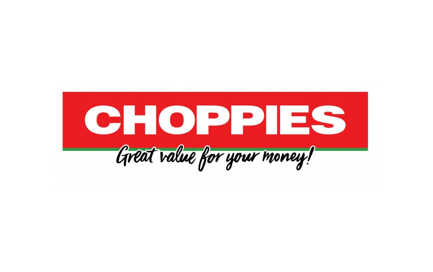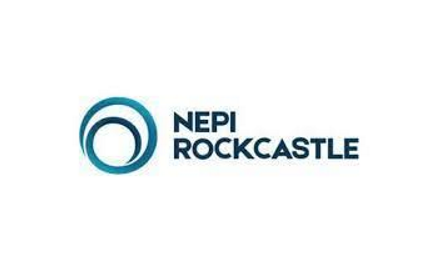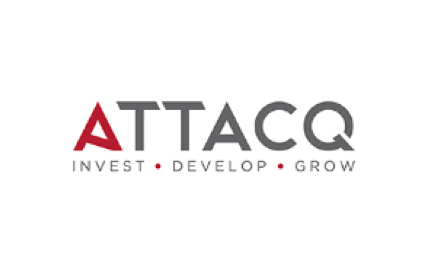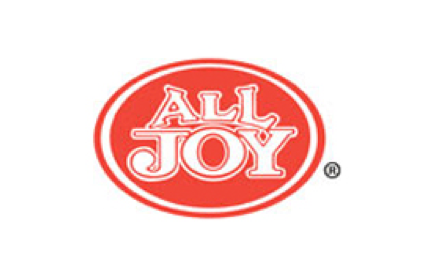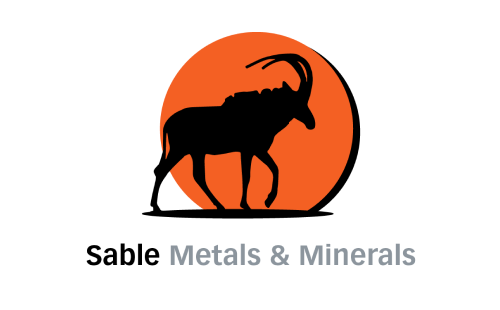Altron updates its earnings guidance (JSE: AEL)
The full group is now profitable, not just the continuing operations
Altron has released an updated trading statement for the six months to August. This is after an initial trading statement was released at the end of July. The July release was the bare minimum in terms of earnings guidance, noting that earnings would improve by at least 20%. We now know that they were underplaying their hand in a big way, as earnings are multiple times higher than in the comparable period.
The comparable results have been restated to reclassify Altron Document Solutions as a continuing operation. Altron Nexus seems to be the only discontinued operation now. Focusing on continuing operations, HEPS has jumped from 28 cents in the comparable period to between 76 and 81 cents in this period, an improvement of between 171% and 189%!
When companies throw out the “at least 20%” wording in an initial trading statement, it’s because this is the minimum required disclosure under JSE rules. It can be much, much more than that, with Altron as a perfect example.
Looking at total group operations (i.e. including Altron Nexus), they’ve swung from a headline loss of 65 cents per share in the comparable period to HEPS of 71 to 76 cents in this period.
Detailed interim results are due for release on 4 November.
Property valuations are starting to move higher at Equites (JSE: EQU)
Growth is hard to come by though, including in the dividend
Although it is true that decreasing interest rates will be the tide that lifts all boats in the property sector, it’s also true that those boats won’t rise by the same amount. Equites has been struggling with its UK exposure, delivering a disappointing flat share price return this year. This excludes dividends, of course.
In results for the six months to August, Equites sold R0.6 billion worth of assets and combined this with a dividend reinvestment programme to fund R0.9 billion in development expenditure. This helped keep the loan-to-value ratio stable at 41.0%. Just remember that those dividend programmes are dilutive to shareholders, as they are basically miniature rights issues. The market seems to gloss over this fact.
Based on disposals currently being implemented, they expect the loan-to-value to drop to 38% by February 2025.
Although like-for-like rental growth was 5.6% in South Africa and 7.4% in the UK, the uplift in property values was modest, particularly in the UK. Things do seem to have bottomed out in developed markets, as I’ve written about in Sirius Real Estate and Schroder European Real Estate elsewhere this week.
The interim distribution per share of 66.50 cents at Equites is just 1.7% higher than 65.37 cents in the comparable period. This is despite distributable earnings being up 5.4%. This is because of the additional shares in issue, which is the point I made about how these dividend reinvestment programmes are little more than annual rights issues.
Notably, despite the slight valuation uplift, net asset value (NAV) per share fell by 2.4% to R16.32. The share price is trading at roughly R14.00 per share, so the discount to NAV is minimal. This is because the market believes strongly in logistics properties, seeing them as dependable cash cows.
The group is targeting the upper end of its guidance for the full-year distribution per share of 130 to 135 cents. At the current price, that’s a forward yield of 9.5%. At a premium valuation and with no obvious reasons why logistics should outperform retail and office properties over the next 12 months, Equites wouldn’t be one of my picks in the sector. The total return is likely to be decent but not spectacular, so I wouldn’t own it instead of just holding a property ETF.
Lighthouse is pushing its Iberian strategy (JSE: LTE)
For South African property funds, Spain and Portugal are the new Poland
The flavour of the month for South African property funds is peri-peri chicken, with churros to end off. They’ve clearly been having Nando’s for lunch, inspiring this capital allocation strategy.
The Iberian Peninsula is all the rage right now, seemingly offering similar opportunities to those unlocked in Eastern Europe in recent years. The idea is to invest in stable European regions with high growth rates (at least relative to the countries where the sun doesn’t shine and the food isn’t nearly as good).
Lighthouse Properties is acquiring Espai Girones for EUR 168.2 million, a mall adjacent to the motorway that connects France to the Barcelona area in Spain. It is the only major mall offering in the provincial capital, Girona. This is the entire point in Europe and I’ve seen it on my travels: they simply don’t have many modern malls. The way we understand shopping centres in South Africa is completely different to how it works in Europe, which is why they can be great assets over there.
Lighthouse’s exposure to the Iberian Peninsula is now 76% of the value of Lighthouse’s directly held properties.
The property is expected to achieve distributable profit of €12.45 million for the year ending December 2025. Based on the purchase price, that’s a yield of 7.4%. That might sound expensive to you, but remember that this return is in euros, not rands.
This is a Category 2 transaction, so shareholders won’t be asked to vote on it.
Mantengu Mining invests in chrome and PGM tailings at Blue Ridge Platinum (JSE: MTU)
They are paying only nominal value for the equity here
Mantengu Mining is taking a punt with a deal to acquire Blue Ridge Mining. One of the sellers is Sibanye-Stillwater, which holds 50% in Blue Ridge. The price for the equity? R2. There are no zeroes missing there. Two bucks.
This should immediately tell you two things. Firstly, the thing is clearly broken. Secondly, whatever value there is in the assets must be must be less than or equal to the debt in the business, as the equity value is nominal.
The mine was placed on care and maintenance all the way back in 2011, so it is certainly broken. The opportunity here for Mantengu is the tailings dump of 1 million tonnes that includes chrome and PGMs. Mantengu reckons they could get up to 375,000 tonnes of chrome and 35,000 ounces of PGMs, with an ability to operate as an extremely low-cost producer. Over and above this, Mantengu thinks that there’s a chance of getting underground mining operations underway again. They will invest in a bankable feasibility study in this regard that will take 18 months to complete.
As for whether or not there is debt, the answer is a resounding yes. R39.1 million is payable to DBSA on a deferred basis and R25.5 million is payable to the IDC on a similar basis. Each of those amounts will only be paid from gross profit achieved by Blue Ridge over time. Although it sounds like Mantengu is getting a free ride here, remember that they will be exposed to the operating costs and all those risks.
To show how desperate the situation is, Sibanye is walking away from loan account claims held by various entities worth over R1 billion and the other shareholder (Imbani) is losing over R100 million in claims. The DBSA and IDC are also taking a huge bath, with claims of R418 million and R272 million respectively.
This is a risky deal for Mantengu. If it was a lucrative operation, the parties involved here wouldn’t have been so willing to walk away with massive losses. But if things do improve in the PGM sector, Mantengu could look very clever here.
Newpark extended the JSE lease but still has work to do (JSE: NRL)
Key discussions with lenders are underway
Newpark REIT is one of the smaller property funds on the market. Ironically it owns the JSE building, so it is listed on its tenant’s product! The JSE building is one of only four buildings in the portfolio, with the others being 24 Central adjacent to the JSE building (I have many fond memories there) and properties in Linbro Business Park and Crown Mines.
If that sounds like a rather random and far-too-concentrated portfolio, then you’re on the right track. One of the major risks has been the lease with the JSE, which has thankfully been extended. Although it’s hard to imagine the JSE moving from where it currently is, anything is possible. Thanks to that extension, the portfolio’s weighted average lease expiry is up to 5.8 years.
The next problem to solve is the debt. The loan-to-value ratio of 41.7% looks only slightly high on paper, but it exceeds one of the debt covenant measures from the fund’s lenders. The lender has condoned the breach, pending the outcome of current negotiations to extend the term of R150 million in debt that matures in May 2025. Management sounds confident regarding the outcome there, but it’s still a risk for now.
Against this backdrop, the dividend per share for the six months to August 2024 fell by 14.3%. Funds from operations per share fell 11.7%. None of this is good, driven by a revenue increase of just 0.1% due to a negative rental reversion with a major tenant. When you only own four buildings, every tenant is a major tenant! With revenue growth so far below inflation, operating profit never stood a chance.
Newpark has close to zero liquidity, so I’ve used this result as an opportunity to walk you through some of the risks faced by smaller funds. It’s very unlikely that you can meaningfully trade this stock.
Bad news for Sibanye-Stillwater, with an hilarious twist (JSE: SSW)
Mr Justice Butcher has spoken
This is an iconic SENS announcement, even though there’s a very serious undertone to it. I kid you not, Mr Justice Butcher (!!) has ruled against Sibanye-Stillwater in the High Court of England and Wales. This sounds like the script to a Monty Python skit!
Sadly for Sibanye-Stillwater shareholders, John Cleese isn’t involved here. These proceedings were brought against Sibanye-Stillwater by Appian, the counterparty to the acquisition of the Santa Rita and Serrote mines in Brazil in 2021/2022. Sibanye walked away from that deal after a geotechnical event that Sibanye determined to be a material adverse change.
The proceedings relate to whether that event could indeed be reasonably considered to be a material adverse event. Mr Justice Butcher (I’m sorry, I can’t stop laughing) has ruled that it was not in fact material and adverse, which means that Sibanye wasn’t entitled to terminate the deal. On the plus side (for Sibanye at least), the same judge ruled that the management of Sibanye believed they were terminating in the best interests of Sibanye, so there’s no wilful misconduct here.
This is actually a serious matter, as the next proceedings relate to the potential damages claim that Appian would have against Sibanye. It feels like the world just refuses to throw Sibanye a bone right now, with everything going wrong.
Sibanye’s argument is that Appian could’ve sold to another purchaser for a similar purchase price after the deal fell through, with the judgement noting that Appian did indeed receive multiple offers for the mine after Sibanye walked away. This implies that (1) it probably wasn’t a material adverse change after all and (2) surely Appian can’t claim to have suffered a loss if the chose not to sell to someone else for the same price. I don’t think justice has been butchered just yet, unless Appian somehow manages to justify a quantifiable claim.
Stay tuned for the next episode of Monty Python: That’s Not My Deal!
Sibanye fell over 8% on the day, with the market not seeing the funny side.
Chrome is shining brightest at Tharisa (JSE: THA)
The group is taking advantage of chrome prices
Tharisa has released its production report for the fourth quarter and thus the full year ended September 2024. This is firmly a story of two metals, with chrome doing well at the moment and the PGM market in disarray.
Thankfully, the best production news at Tharisa is exactly where it needs to be: chrome. Production came in 7.8% higher, marking an annual record in chrome production at a time when average prices in dollars were up 13.7% for the year. PGM production was flat for the year and the average price was down 28%.
So, despite all the horrors in the PGM sector, Tharisa managed to increase its net cash position over three months from $92.2 million to $108.7 million.
Production guidance for FY25 doesn’t tell you much. For PGMs, they’ve set it at between 140 and 160 koz vs. 145.1 koz achieved this year, so the mid-point is a bit higher than FY24. For chrome, the range is wide at 1.65 to 1.80 Mt vs. 1.7 Mt in FY24.
Tharisa has done a great job of trying to navigate the PGM cycle by controlling its controllables. The chrome focus is helping tremendously and they’ve been busy on several other projects as well, ranging from renewable energy to process improvements in chrome production.
Of course, what they really need is for PGM prices to move higher. It also helps that a significant portion of chrome demand is driven by China, so the recently announced stimulus measures in that country won’t hurt.
Nibbles:
- Director dealings:
- As a reminder of what the big leagues look like, Dr Christo Wiese shuffled some Shoprite (JSE: SHP) exposure around his entities in scrip lending and total return swap transactions. The value? A cool R1.1 billion.
- After the news of DRA Global (JSE: DRA) intending to delist, Apex Partners (an associate of the CEO of the group) bought another R43 million worth of shares.
- A prescribed officer of Standard Bank (JSE: SBK) has sold shares worth R4.4 million.
- A prescribed officer of Nedbank (JSE: NED) sold shares worth nearly R1.5 million.
- Following the lead of the group’s top executive, a director of a major subsidiary of AVI (JSE: AVI) has sold all the shares received under the performance scheme. The value of the sale was R60.5k.
- The CEO of Choppies (JSE: CHP) bought shares in the company worth roughly R10k.
- The NEPI Rockcastle (JSE: NRP) scrip dividend election was well supported by shareholders, with holders of 39% of shares electing to receive shares in lieu of a cash dividend. This is exactly what I referenced further up in the Equites sector about miniature rights issues each year by these property companies as they look to conserve cash on the balance sheet by issuing shares instead of paying dividends.
- Attacq (JSE: ATT) hosted an investor day focused on Waterfall City and the Lynnwood Bridge precinct. If you would like to see the development plans for the area (and laugh at a slide that basically argues that the rest of Joburg is a dump and Waterfall City is an oasis), then check out the presentation here.
- AH-Vest (JSE: AHL), one of the smallest listed companies on the JSE with a market cap of just R10 million, released a trading statement for the year ended June 2024. The percentage move in HEPS is huge, up by between 182.4% and 192.4%. In reality, profits at the food group are so marginal that the percentage move doesn’t tell you much. HEPS will be between 3.81 cents and 3.95 cents. The stock is highly illiquid, with the last trade at 10 cents.
- Sable Exploration and Mining (JSE: SXM) announced that CEO James Allan’s contract will not be renewed.

